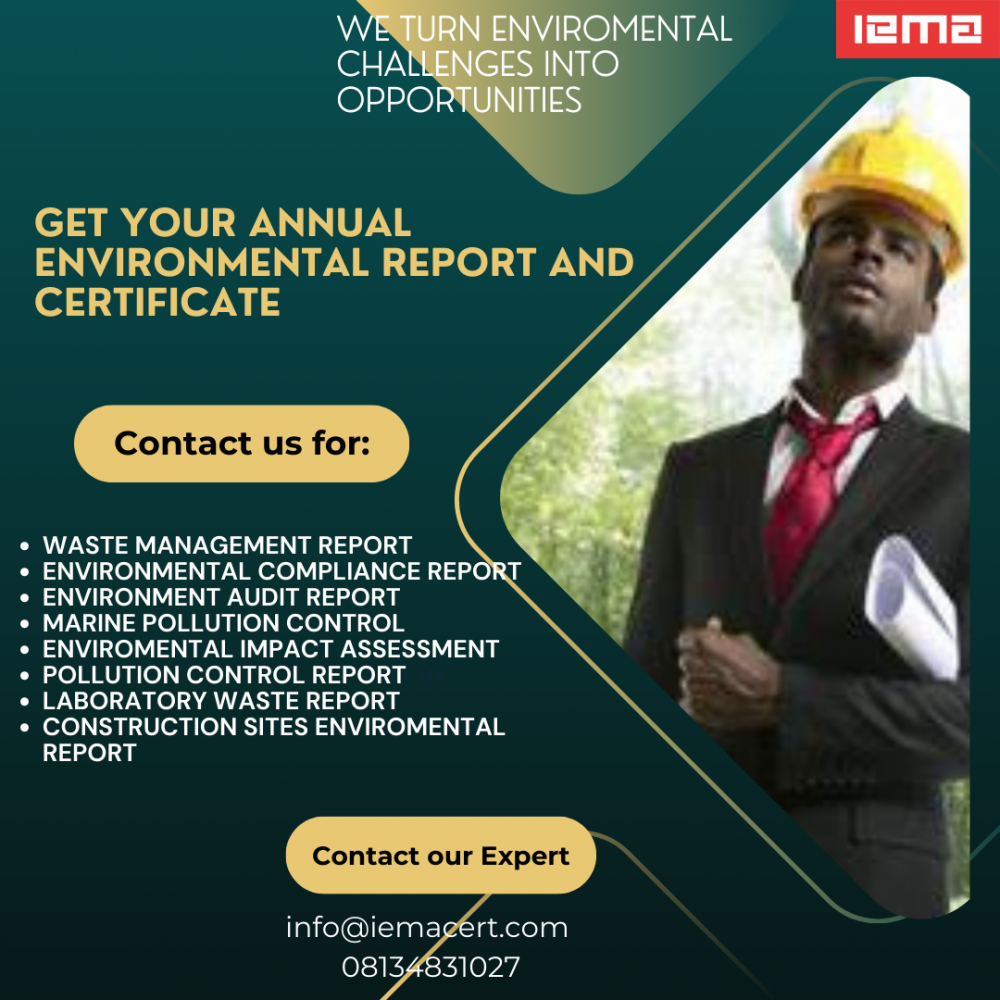**Introduction:**
In an era where environmental sustainability is a pressing concern, understanding the role of Environmental Impact Assessments (EIAs) is crucial. This blog post explores the significance of EIAs in shaping development projects and ensuring environmental stewardship.
**Main Sections:**
1. **What are Environmental Impact Assessments (EIAs)?
– Definition and purpose (evaluate potential environmental effects of a proposed project).
– Legal and regulatory frameworks governing EIAs globally.
2. **Key Components of an EIA:**
– Scoping phase: Defining project boundaries and potential impacts.
– Baseline studies: Assessing existing environmental conditions.
– Impact prediction: Evaluating direct and indirect effects on ecosystems, communities, and natural resources.
– Mitigation measures: Proposing strategies to minimize or offset adverse impacts.
– Monitoring and follow-up: Ensuring compliance and effectiveness of mitigation measures.
3. **Case Studies:**
– Highlight real-world examples where EIAs influenced project outcomes (e.g., infrastructure development, industrial projects, renewable energy installations).
– Success stories of effective environmental mitigation and community engagement through EIAs.
4. **Challenges and Controversies:**
– Criticisms of EIAs (e.g., potential for greenwashing, insufficient public participation).
– Addressing complexities in multi-stakeholder environments.
– Balancing economic development with environmental conservation.
5. **The Role of Environmental Consultants in EIAs:**
– Expertise and methodologies used in conducting EIAs.
– Collaborations with project developers, government agencies, and communities.
– Ensuring compliance with environmental regulations and best practices.
**Conclusion:**
Environmental Impact Assessments are indispensable tools for promoting sustainable development and safeguarding ecosystems. By fostering transparency and informed decision-making, EIAs empower stakeholders to balance economic growth with environmental preservation in a rapidly changing world.
**Call to Action:**
Learn more about EIAs and their impact on your community. Consider consulting with environmental experts to ensure that development projects prioritize environmental stewardship.
This topic not only educates readers on the importance of EIAs but also underscores the role of environmental consultants in guiding responsible development practices. It appeals to individuals and organizations interested in environmental sustainability and regulatory compliance, making it both informative and engaging.





Leave a Reply